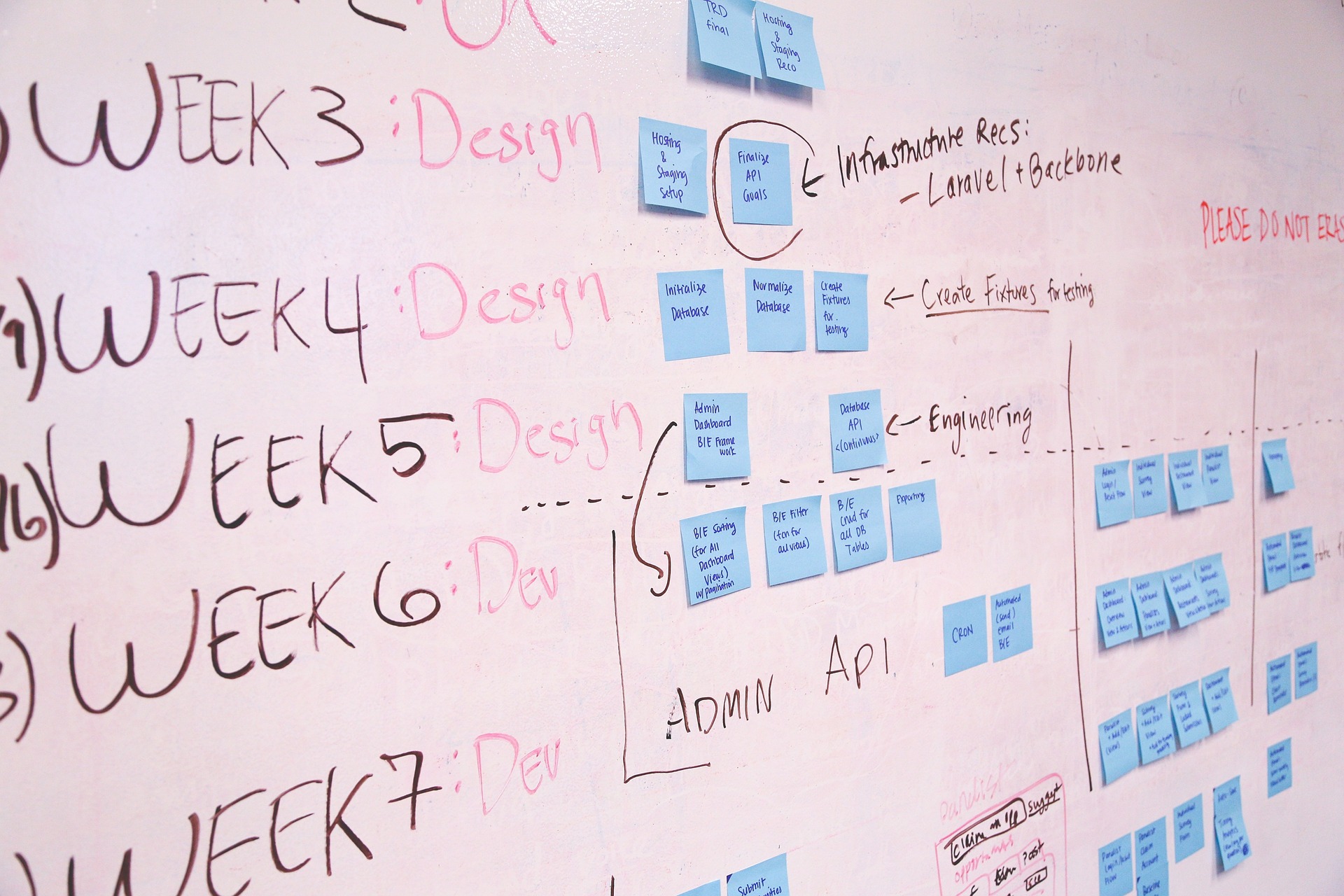Developing the concept behind a great brand is hard. Implementing that concept successfully, and deeply, throughout your organization is much harder.
On average, it takes between 18 months to three years for key audiences (customers, fans, etc.) to start repeating back branded messages after a new brand is launched. That's a long time.
In truth, most organizations don't make it through this implementation phase in one piece. Most peter out after 6 months or a year. Many only fully implement a portion of their brand. The lucky few make it through the implementation phase to see the benefits that come from a distinctive and recognizable brand.
As I've coached organizations through the brand implementation process, I've identified a few pitfalls that you'll want to avoid. But first, a brief interlude.
Read Next: The Secret to an Accelerated Branding Process
Interlude: Why Would It Take 18 Months To Implement A Brand?
This is a good question. It seems like you could create your brand identity, refresh your visuals and messaging and poof! Roll it out. The problem is, your brand exists in the minds of your audience (your employees, your clients, your donors if you're a nonprofit, and more).
Here's the problem. None of these people are paying close attention to you. They have jobs, they have lives, they have families. As a result, communicating your new brand to them in a way that will stick is going to take time. They need to experience your brand, internalize it, and then make it their own. We've found that usually takes 18 months to three years of disciplined implementation.
4 Keys To An Effective Implementation
There are 4 key areas you need to focus on for a long time after your brand launch. In each of them, the key is consistency. Focus on creating the same experience, communicating the same messages, and fulfilling on your brand value at every turn.
Key 1: Content & Communication

You must live out your brand in every piece of communication that goes out. It also must be embodied on your website. Most people interact most often with your website and communication pieces. They need to hear your brand messages (and see your brand visuals) every time they interact with something you've created.
Key 2: Culture

Staff will make or break a brand implementation. They are, after all, the ones who represent your brand to the public. If they don't live it out, everyone will know you're faking it. Spend time here.
Key 3: Processes

Empathy is hugely important, especially when it comes to process. People want a process that empowers them, and doesn't hit them over the head. Think through how your brand essence could be infused into process to make it more human.
Key 4: Products & Services

Every product and service must have your brand in its DNA. Take a hard look at each and everything you do when you launch your brand to determine what adjustments must be made, or which products or services need to be discontinued in light of the new brand.
5 Pitfalls To Avoid During Your Brand Implementation
Ok, so you've built out the bones of a great brand. Now it's time for implementation. Don't worry, with some tenacity you'll be able to effectively implement your brand.
Pitfall 1: No Implementation Plan

Successful implementation requires a detailed plan. I recommend developing an overall timeline of what you will rollout and when. This should be high level. Think of it as the milestones of your implementation. Maybe write down the top 3 things you'd like to achieve each month.
Next, make a detailed implementation plan for each of the key areas above.
- Content and Communication: Think about developing a Channel Strategy that outlines what you'll communicate to each audience and in which channels.
- Culture: Think through how to roll the brand out to your staff in such a way that people will own it. We find that it's helpful to choose influencers (or detractors) from each area of your company who can help serve as champions for the brand.
- Processes and Procedures: A brand should impact how you do your work. Start by taking the 3 most common practices you have at your organization and asking how the brand would change them.
- Products & Services: Evaluate your product & services and be willing to make some hard calls. Are there some things that you should stop doing? Your brand will help you decide.
Pitfall 2: Assuming Content Has Nothing To Do With Culture

I once coached an organization with very little centralized content creation capacity through their brand implementation. Their content creators were distributed throughout the organization (not uncommon), and they had stand-in editors who had significant clout in the organization that the brand manager wasn't empowered to overrule.
They struggled to create content that embodied their new voice. Everyone thought it was a brand problem, but it wasn't. We had to address the culture problem first.
Pitfall 3: Getting Sick Of The Repetition

People need to hear a marketing message 5-6 times before they will start to remember it. And, most people won't see everything you send out, or publish, or share. So, when you start to get sick of saying the same thing over and over again, take heart, you're headed in the right direction. Keep going and don't give up. You're starting to make progress!
Pitfall 4: The Shiny Object

The new initiative often seems like the next big way to drive revenue and solve all your problems. It could temporarily. Your brand will solve it long-term. Keep on the path.
Pitfall 5: Not establishing a baseline

It's hard to tell your progress if you can't measure where you are compared to where you started. We recommend a short survey to your customers/clients. There are two questions you must include.
- Ask the classic net promoter question: How likely is it that you would recommend our company to a friend or colleague? This question will show how loyal your customers or clients are.
- Ask what three words they would use to describe your organization. This will tell you how well people are internalizing your branded language and messaging.
We recommend you send this survey out once before you roll out the brand and each year thereafter. This will allow you to measure progress over time.
Want to learn more about branding?
I've written a few recent posts on branding. Check them out. Hopefully you'll find them helpful.
If you have any questions, feel free to reach out to me on Twitter (@doughj) or LinkedIn.
Don’t miss out, get Brave News now
Join the ABN community and be the first to learn about trends in inbound marketing, branding, and web design.






